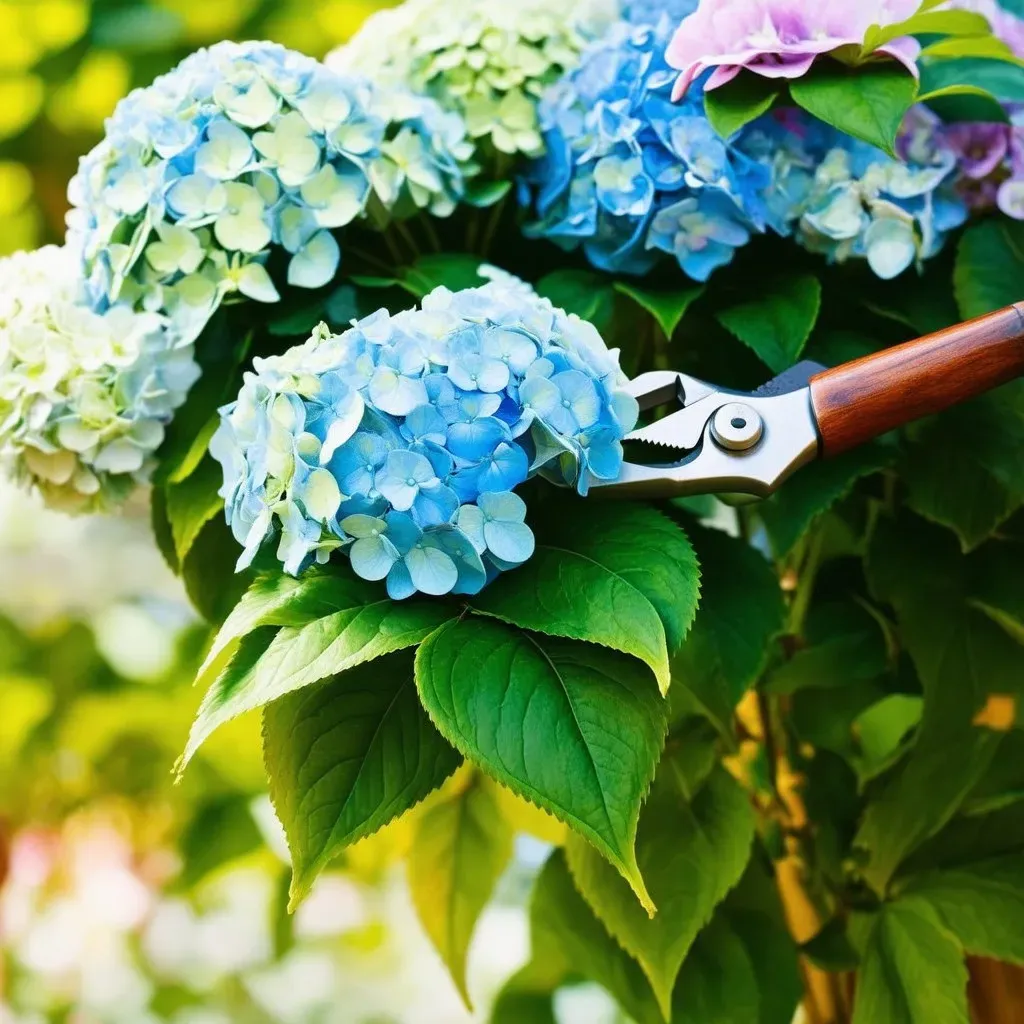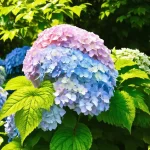When to prune hydrangeas in Georgia is a question that has puzzled many plant lovers and gardeners. Understanding the timing and technique behind pruning can elevate the visual appeal of these stunning shrubs, ensuring vibrant blooms for years to come.
Hydrangeas are a popular choice for Georgia gardeners due to their lush foliage and radiant flowers. However, failing to prune them at the right time can result in diminished blooms or, in some cases, none at all. The general consensus is that the timing of pruning largely depends on the specific type of hydrangea. Here’s an outline of the different types of hydrangeas and when to prune them in Georgia.
Hydrangea Types and Pruning Times
Understanding the type of hydrangea you’re dealing with is crucial to knowing when to prune. Below is a table categorizing the most common hydrangeas found in Georgia and their optimal pruning times.
| Hydrangea Type | Common Names | Pruning Time |
|---|---|---|
| Bigleaf Hydrangea | Mophead, Lacecap | Late winter to early spring |
| Smooth Hydrangea | Annabelle, Incrediball | Late winter to early spring |
| Panicle Hydrangea | PeeGee, Limelight | Late winter to early spring |
| Oakleaf Hydrangea | Oakleaf | Immediately after flowering |
| mountain hydrangea | Late winter to early spring |
Key Points to Remember:
- Bigleaf Hydrangeas: These often bloom on old wood, meaning you should prune after they flush in the spring before flowers appear, ideally in late winter or early spring.
- Smooth Hydrangeas: These are more forgiving; they can be cut back heavily in late winter to promote robust spring growth.
- Panicle Hydrangeas: Similar to smooth hydrangeas, prune in late winter for the best chance of blooms in summer.
- Oakleaf Hydrangeas: These bloom on old wood, so prune right after flowering to avoid cutting off next year’s buds.

Factors to Consider When Pruning Hydrangeas
Knowing when to prune is essential, but how you prune can significantly impact the health of your plants. Here are some vital factors to consider:
- Type of Hydrangea: As mentioned, different hydrangeas have different bloom times and require varying pruning techniques.
- Branch Age: Hydrangeas produce flowers on either old or new wood. Cutting the wrong branch can prevent flowering.
- Overall Health: Look for any dead, diseased, or crossing branches, which should be pruned back immediately regardless of the pruning schedule.
- Desired Shape: If you wish to shape your hydrangeas, take a selective approach—removing only what is necessary to maintain form.
Reasons for Pruning Hydrangeas
Pruning plays a crucial role in the overall health and appearance of hydrangeas. Here are some key reasons for considering regular pruning:
- Encouraging Flower Production: Regular pruning stimulates the plant to produce new blooms.
- Improving Air Circulation: Thinning out crowded branches allows for better air flow, which can reduce the risk of disease.
- Controlling Size: Pruning helps manage the size of the hydrangea, making it suitable for its planting location.
Signs That Your Hydrangea Needs Pruning
Before jumping into the prune, it’s essential to identify when your hydrangea may need it. Here are seven signs to look out for:
- Dead or Dying Branches: Remove dead branches immediately to prevent disease spread.
- Broken or Damaged Stems: Trim any visibly damaged stems for a healthier plant.
- Crowding: Remove branches that are crowding one anOther to improve airflow.
- Poor Flowering: If blooms are sparse or missing, a thorough pruning session might rejuvenate the plant.
- Excessive Foliage: If the plant is overly bushy, selective pruning can encourage a more appealing shape.
- Pests or Disease: Prune any affected areas to aid recovery and prevent the spread.
- Outgrowing Space: If the plant is encroaching on pathways or other plants, it may need trimming.

Frequently Asked Questions
1. Can you prune hydrangeas too much?
Yes, over-pruning can stress the plant and result in fewer blooms. Always research the specific species before pruning and practice moderation.
2. What tools do I need for pruning hydrangeas?
A sharp pair of pruning shears or loppers are generally sufficient. For thicker branches, consider a saw.
3. Should I fertilize after pruning?
Yes, applying a balanced fertilizer post-pruning can promote healthy regrowth and blooming.
4. Is it alright to prune in the fall?
Pruning in the fall can be risky for flowering types that bloom on old wood since you may inadvertently cut off flower buds.
5. How soon after planting can I prune my hydrangeas?
You generally should wait until the second growing season to allow the plant to establish its root system.
6. What happens if I prune at the wrong time?
Pruning at the incorrect time can result in less flowering and overall poor plant health.
For more detailed information, you may refer to Walter Reeves’ guide on pruning hydrangeas.
7. How do I clean my pruning tools?
To prevent disease spread, clean your tools with a bleach solution or rubbing alcohol both before and after use.

By following these guidelines on when to prune hydrangeas in Georgia, you can cultivate a garden that bursts with color and texture. Happy gardening!


